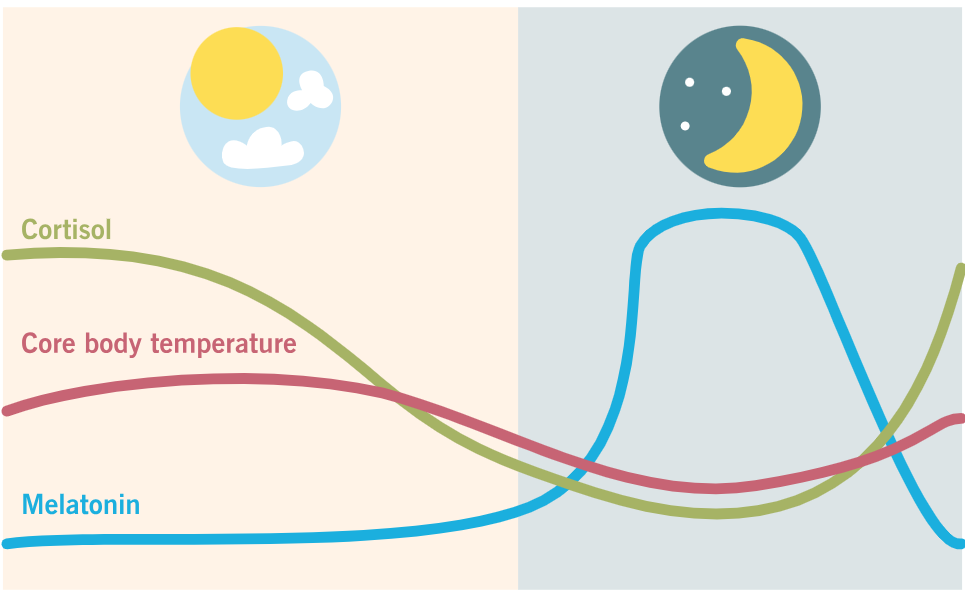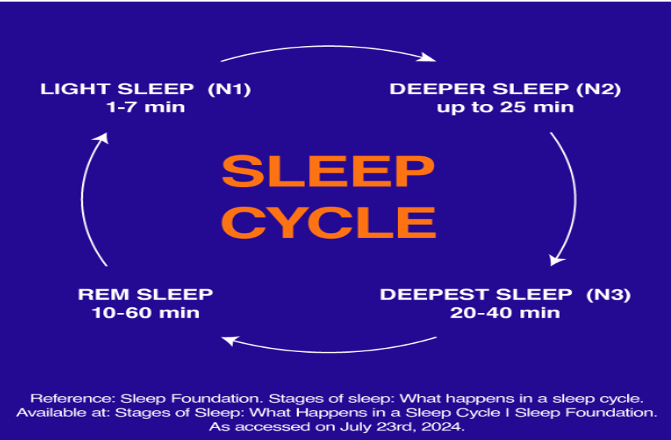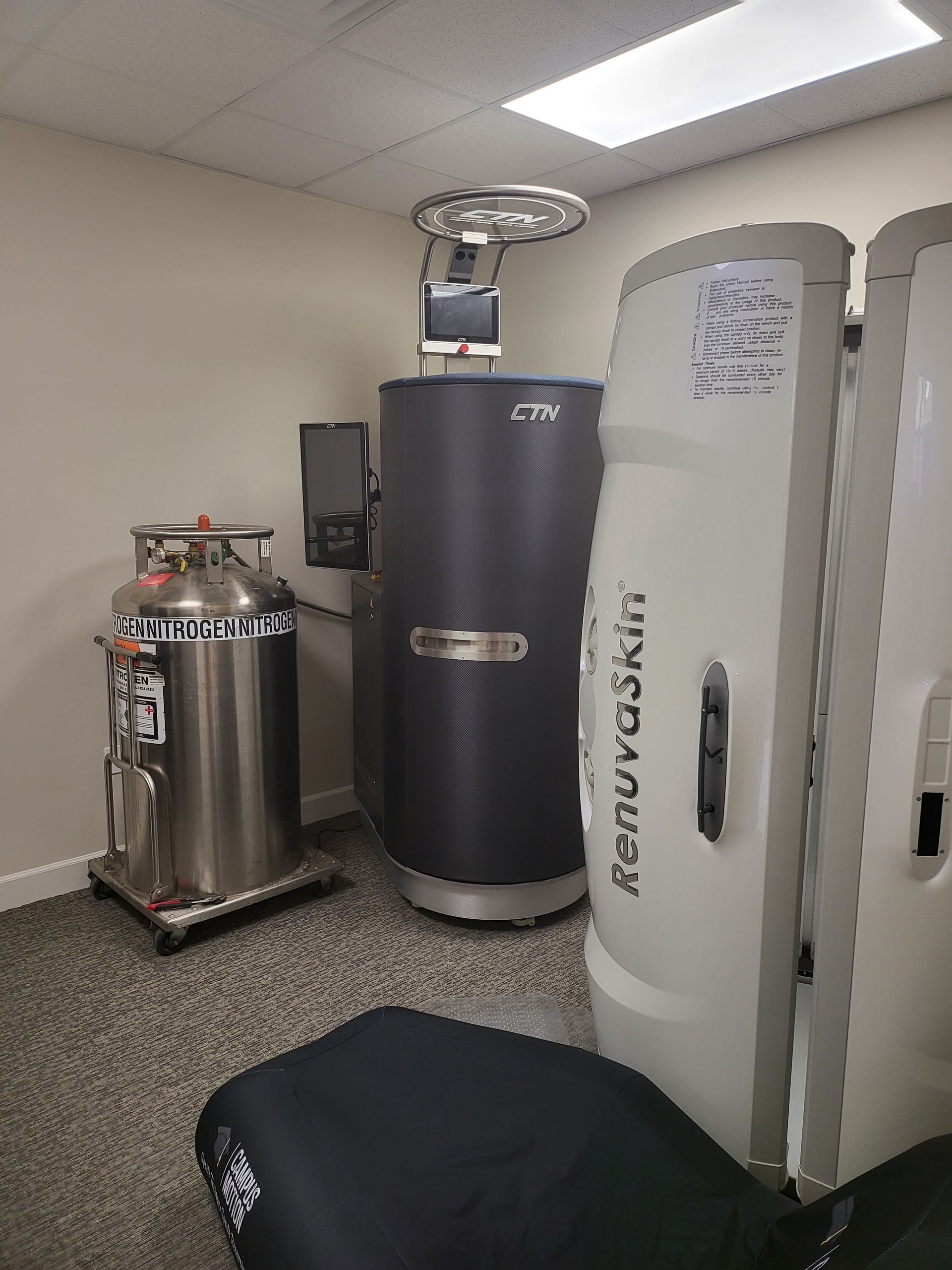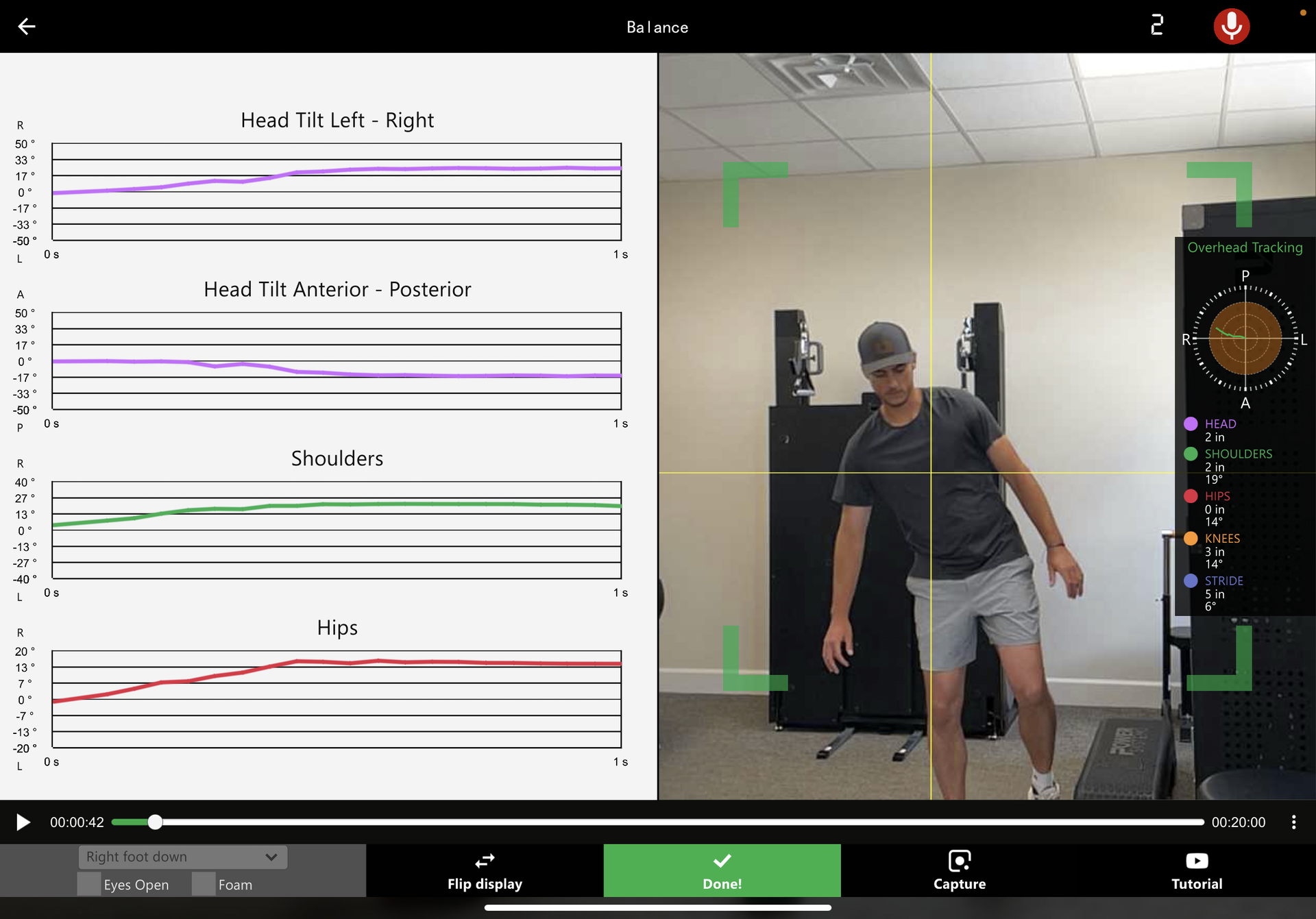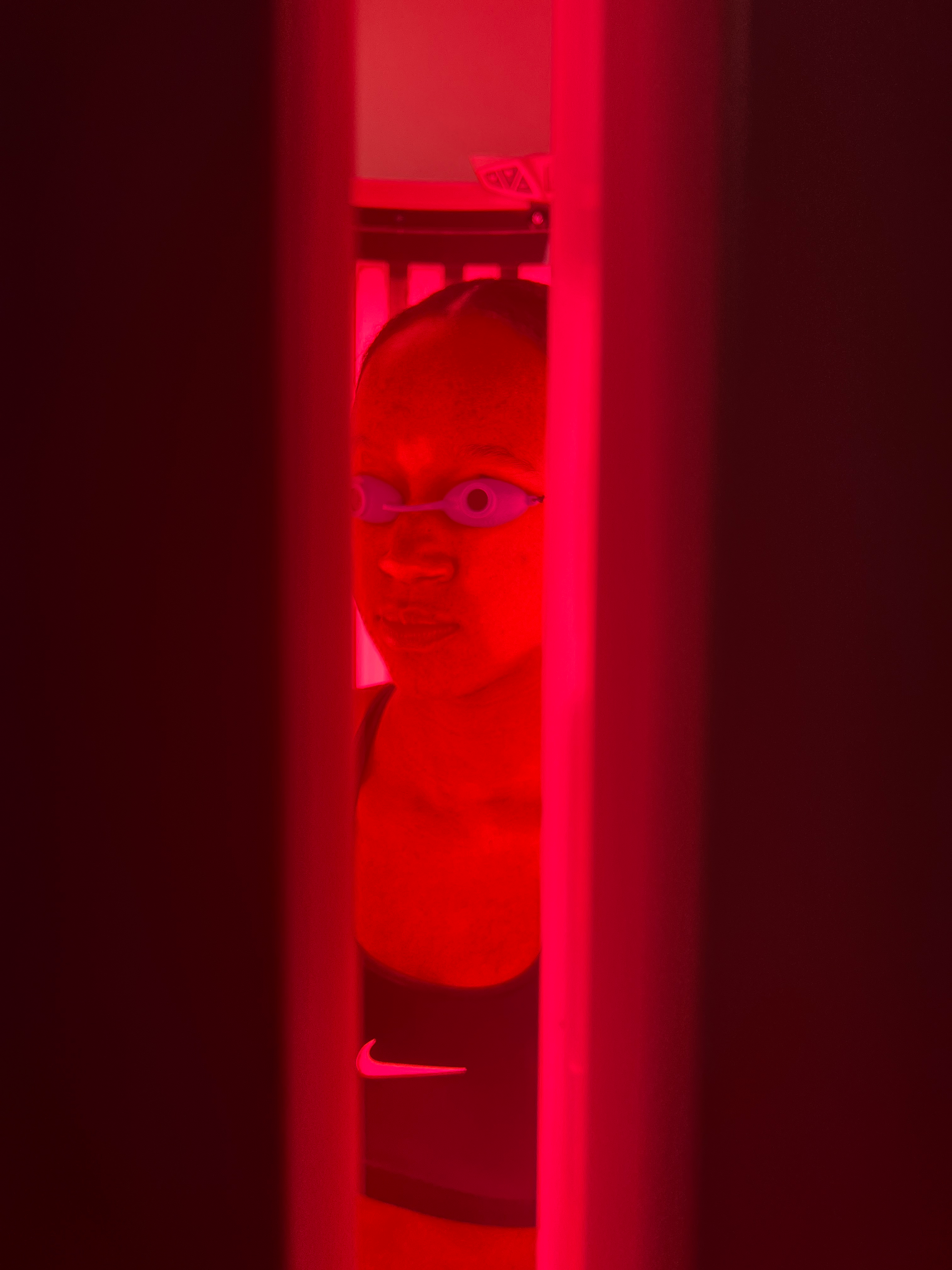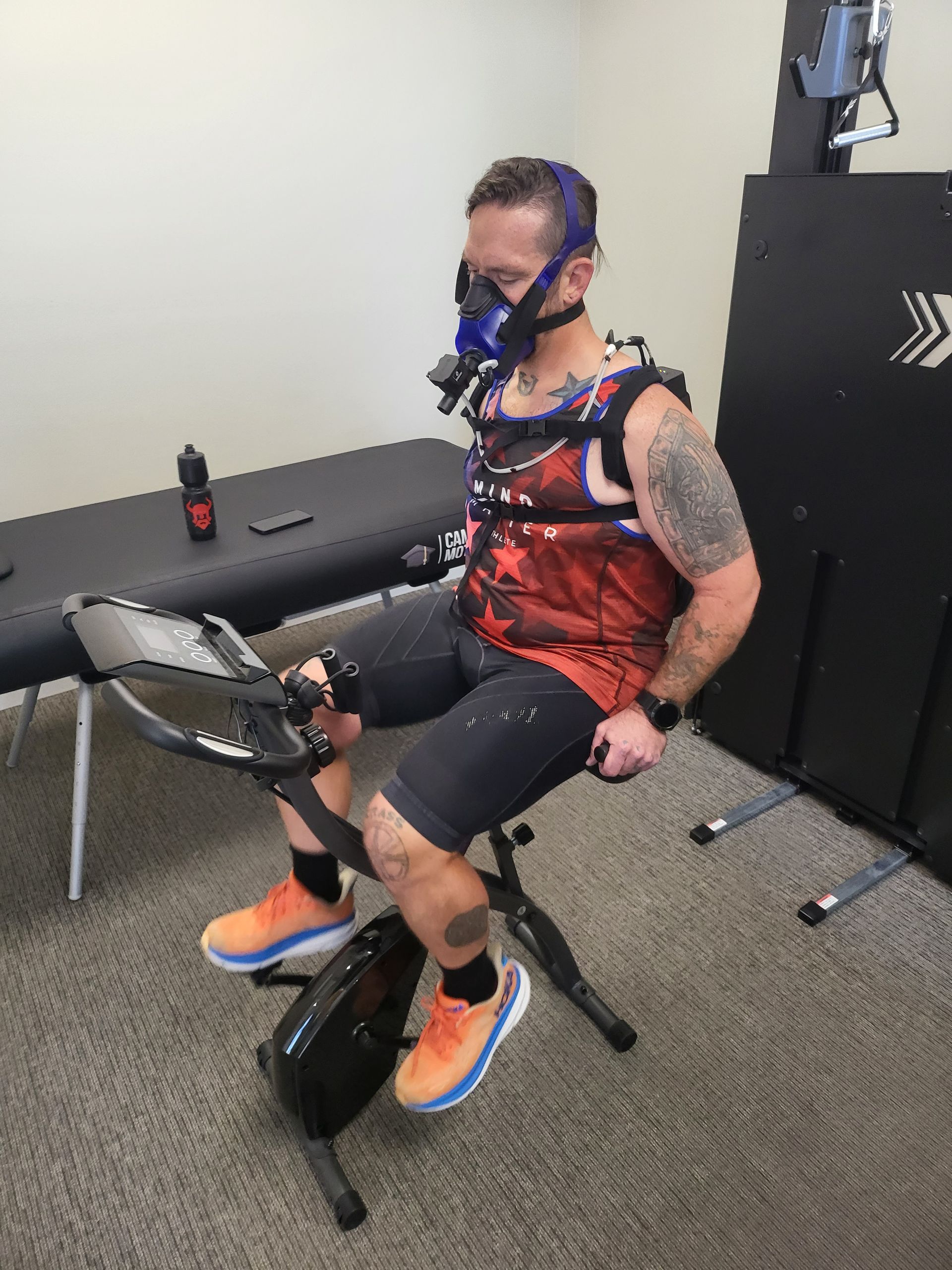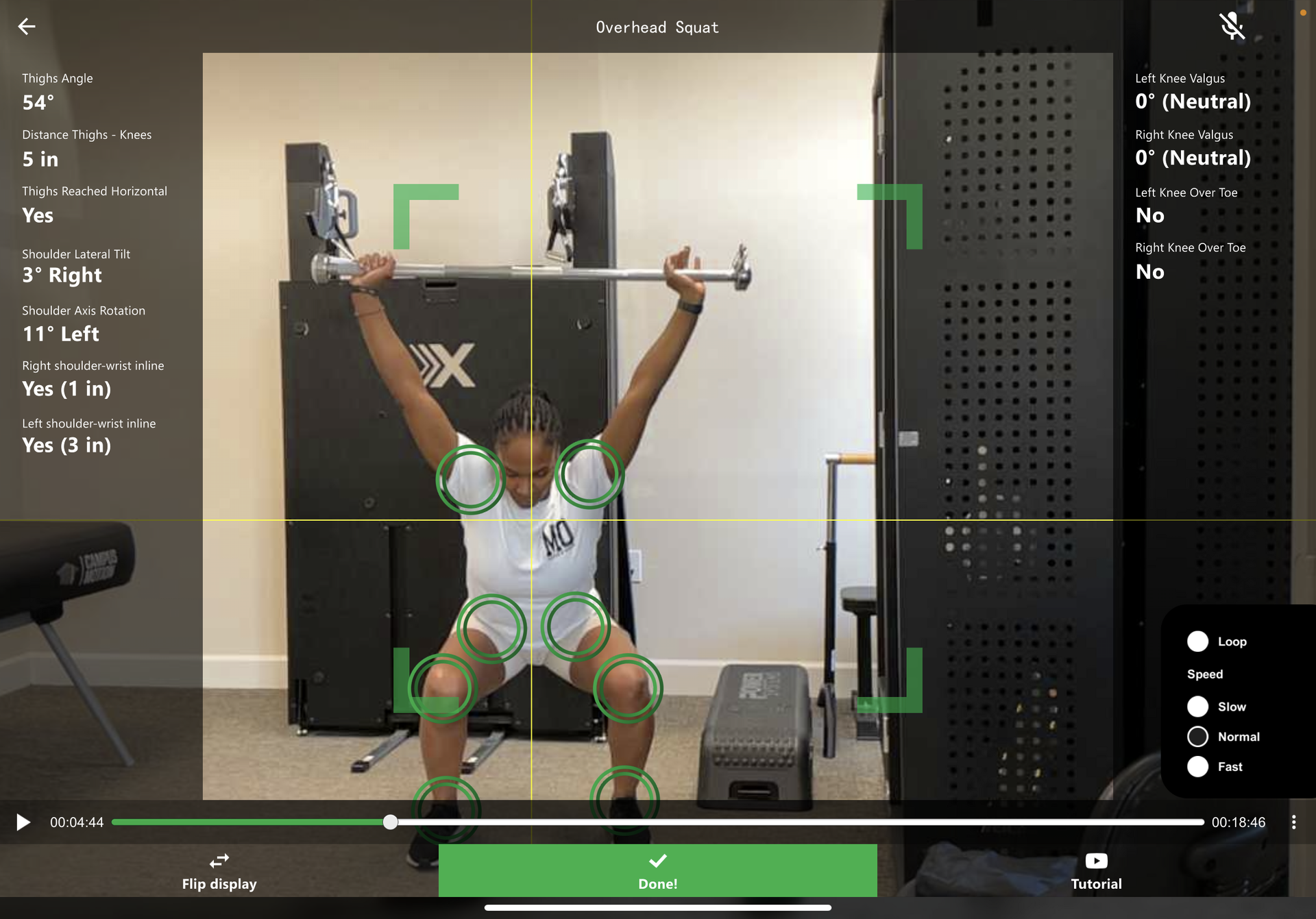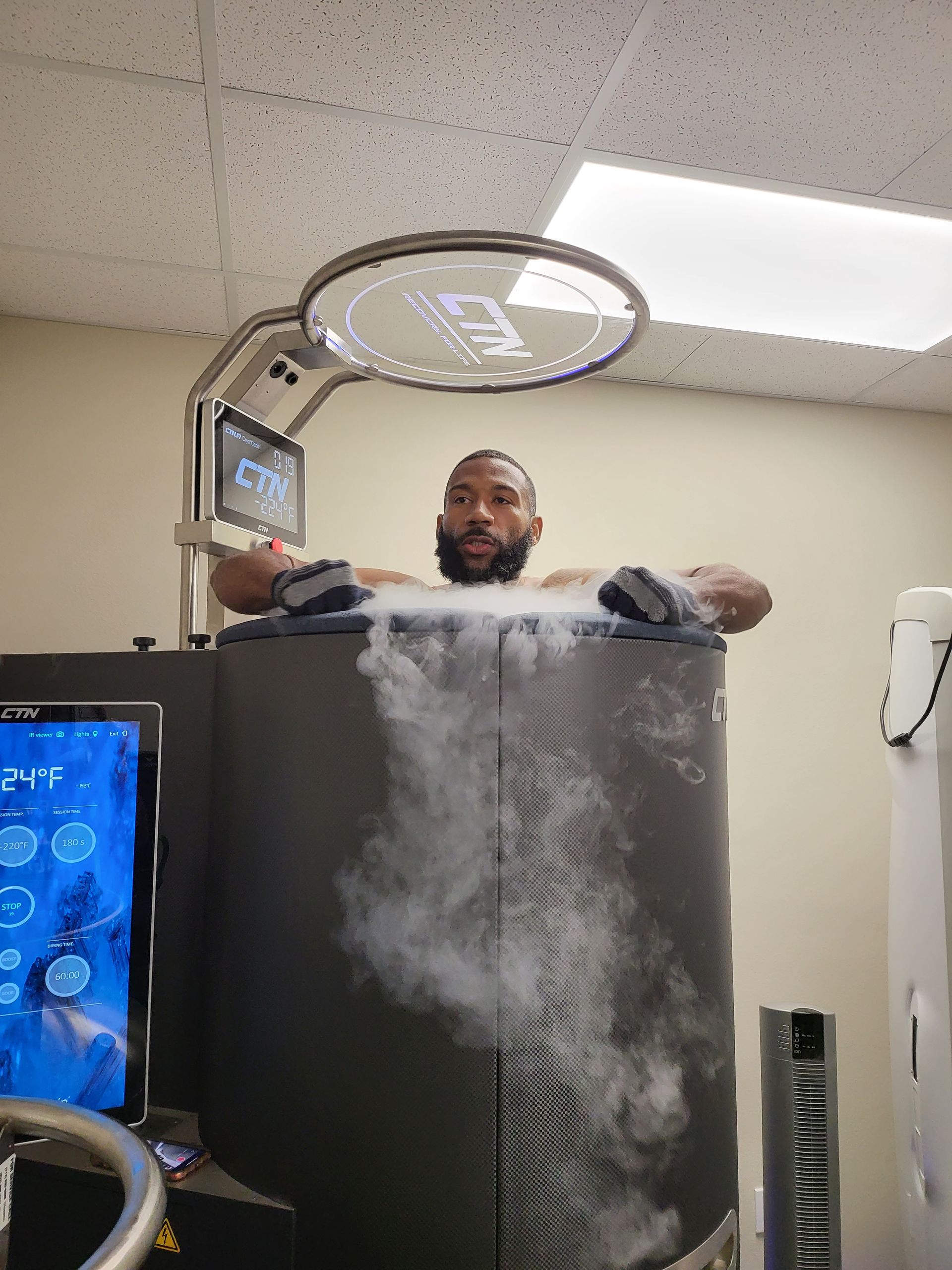Red Light Therapy: How Does It Work?
Red Light Therapy Sports Injuries
Have you heard of red light therapy for sports injuries and are you wondering if it might be a good idea for you? Keep reading and learn more here.
As an athlete, getting back in the game after an injury is a top priority. You want to do everything you can to ensure your body heals properly and swiftly. The biggest obstacle to treating sports injuries is pain.
When it comes to sports therapy, treating pain is as essential as healing the injured area. Athletes can't afford to neglect their conditioning for long. If they do, they have to work extra hard to get back in shape.
Red light therapy has the potential to speed up the healing process after a sports injury. By adding light therapy to your physical therapy program, you'll be off the sidelines and back in the game as soon as possible.
Red Light Therapy: Accelerate Sports Injury Recovery
Red light therapy is one of the types of therapy that can help treat damaged muscle tissue. It involves exposing affected areas of the body to low levels of red light.
Red light is similar to infrared light. Infrared light is energy that creates heat when it comes in contact with the body. The difference between infrared light and red light is that, unlike infrared light, you can see red light.
How Does Red Light Therapy Treat Pain?
Red light therapy is gaining popularity in sports therapy because of its ability to control pain, enhance blood flow, and relax muscle spasms.
When red light energy interacts with skin and muscles, it increases the flow of blood around the body. When blood flow increases, the mitochondria in the muscular cells receive more oxygen and can work better.
Healthy muscle tissue comes from muscle stem cells. So, improving how the mitochondria in these cells function enables them to form new tissue faster.
Essentially, the red light therapy process stimulates cell regeneration, which allows the body to heal more quickly.
In addition, red light therapy can reduce inflammation. Inflammation is what makes muscles feel sore. When you incorporate red light therapy into your rehabilitation, you heal quickly and experience less pain.
Red Light Therapy Studies on Athletes
Athletes who use red light therapy regularly don't just heal more quickly. They also develop long-lasting healthy muscle tissue.
Many athletes use red light therapy regularly, before and after a workout. While others use it to treat specific injuries. Athletes who use it regularly often experience less soreness.
Because red light therapy improves cell regeneration, it can reach deep into joints and muscle tissues in ways other types of therapy can't. Red light therapy does so by increasing cellular oxygenation, repair, and reproduction.
Although red light therapy remains semi-controversial, there are many studies to back up its effectiveness.
A December 2016 study performed by J Biophotonics, found that red light therapy was effective in helping university athletes return to play faster and safer. It also found no adverse effects of red light therapy.
A study published by Laser Therapy journal in March of 2016 came to similar conclusions. This study found that red light therapy, or phototherapy, significantly reduced return-to-play time in injured university athletes.
Common Injuries Red Light Therapy Treats
Most often, sports injuries fall into one of two categories. They are either acute injuries or injuries that occur from overuse.
Both types of injuries can cause severe pain. They also require athletes to rest and rehabilitate.
The longer an athlete is in pain, the slower their ability to heal. That means the athlete is losing valuable training time.
Red light therapy is an effective method for reducing pain caused by the following injuries.
Ankle Injuries
When you sprain an ankle, the first thing that usually occurs is intense swelling. Light therapy is able to reduce swelling during this initial phase. This reduction in swelling can lead to improved healing.
Knee Injuries
Some of the most common knee injuries are patellar tendonitis and meniscal tears. Red light therapy can reduce knee swelling and pain, which increases functionality. It can even help to avoid surgery, according to a 2013 study.
Achilles Tendinopathy
Achilles tendon injuries are some of the most debilitating when it comes to sports injuries. Fortunately, red light therapy can help to treat tendinopathy efficiently and effectively.
Tennis Elbow
Tennis elbow (also known as lateral epicondylitis) occurs when an athlete engages in any repetitive wrist or arm motion. This type of injury is very painful and significantly limits an athlete's ability.
Tennis elbow is, evidently, most common among tennis players. But it can impact other types of athletes as well.
Typically, tennis elbow requires invasive surgery. Light therapy can improve elbow and arm function while also increasing grip strength.
Additional Types of Therapy For Sports Injuries
There are many different types of therapy that benefit athletes suffering from sports injuries. Red light therapy can be done in conjunction with any of these.
The best therapy for sports injuries can be a combination of traditional physical therapy techniques and holistic physical therapy practices. Here are some other effective methods to consider.
Trigger Point Dry Needling
This technique is gaining popularity among athletes and physical therapists. Trigger point dry needling involves inserting a needing directly into the muscle tissue.
The needle focuses on the trigger points of pain in your tendons, joints, and muscles.
This technique is great for pairing with red light therapy. The needling provides concentrated pain relief while the light therapy increases cell regeneration over the whole area.
Instrumented Assisted Soft Tissue Mobilization
This method uses specialized tools and compression techniques to massage the skin, muscles, and tendons. The practitioner applies the tools using a stroking technique that breaks down scar tissue and muscle restriction.
This type of pressure work would combine effectively with the benefits of red light therapy to treat sore or damaged muscles, joints and tendons.
Sports Therapy Solutions
When athletes sustain a sports injury, red light therapy is an effective method for reducing pain and the time it takes to heal. However, the best solution for sports injuries is to focus on prevention.
When you do everything you can to prevent injuries from happening, you never have to worry about needing to take time off from the thing you love to do.
For convenient access to sports therapy services wherever you are, register for a visit at Campus Motion Sports Therapy & Sports Recovery today.
